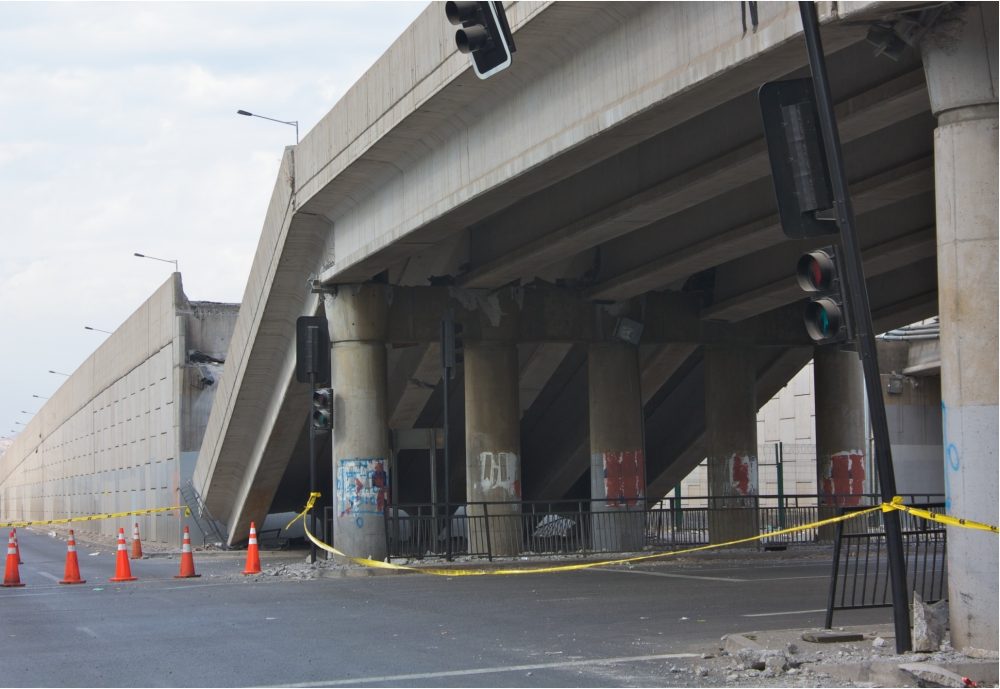With the Trump administration expected to spend up to $1 trillion fixing US infrastructure, especially bridges, new tools are helping engineers analyze, repair, and design bridges. In reality, today’s bridges are structurally pretty simple. But seismic activity makes bridges vulnerable to damage and collapse such as occurred in Kobe, Japan, and Oakland, California recently.
The field that makes up bridge design includes superstructure design, substructure design, seismic design, construction, maintenance, and more.
Over the past 20 years, engineers have made significant progress in improving seismic designs and figuring out ways to retrofit bridges to make them safer. The goal is to make bridges optimally resistant to damage that typically occurs during seismic events.
The foundation of state-of-the-art seismic design usually starts with an analysis of soil-structure interaction and how shock waves travel in the area where the bridge sits. Taking this type of data into consideration directly influences the concept, design, modeling, and analysis of bridge superstructures.
Today, the world has many existing and new bridges that can be used as case studies in overcoming structural challenges.
Existing and new concepts in bridge building include:
- seismic random response analysis
- displacement-based seismic design
- thin-walled steel and CTF piers seismic design
- seismic design of cable supported bridges
- seismic retrofit technology and practice
- concrete bridge seismic design
Finally, governments all over the world from China and Japan to Italy and the US have governmental organizations dedicated to managing seismic hazards. The US Geological Survey (USGS) has created an Earthquake Hazards Program to improve the design and to retrofit buildings and bridges in active seismic zones. And research institutes and universities around the world are designing new materials and reinforcement systems that help buildings and bridges resist heavier loads typical of earthquake shocks.
The following video explains CSiBridge, an automated tool for designing bridges.







